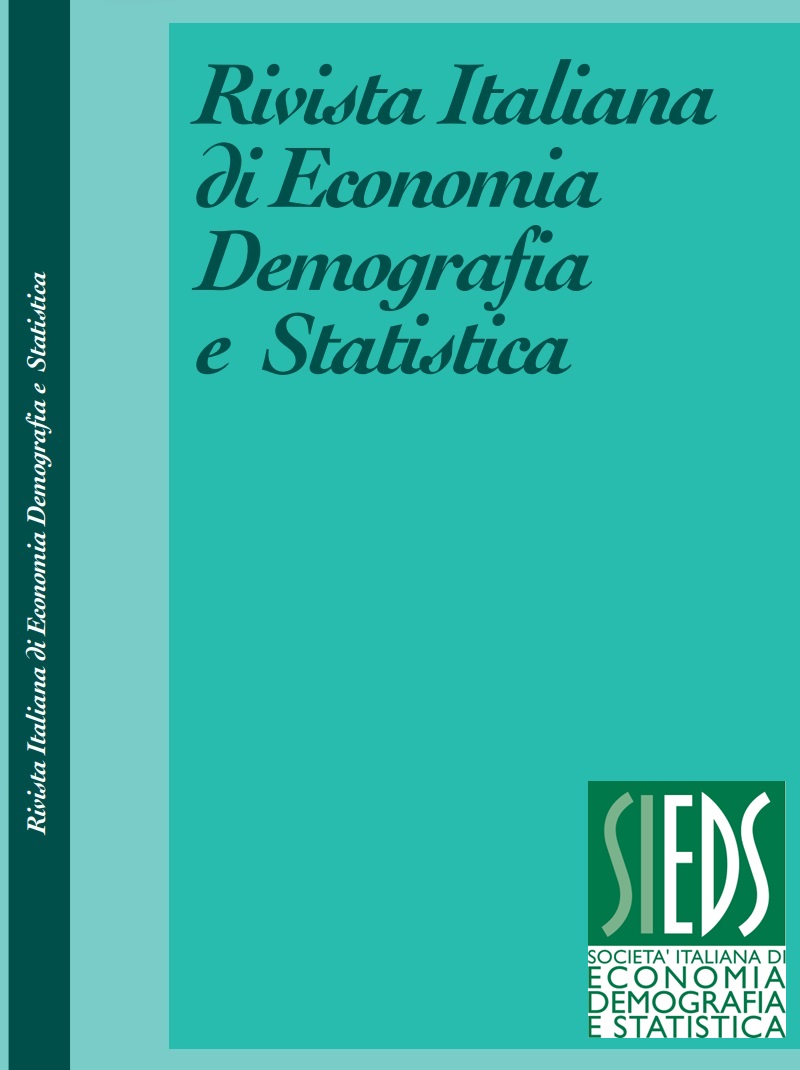Efficiency of surveyors’ training: in-person meetings versus distance learning
DOI:
https://doi.org/10.71014/sieds.v77i2.186Abstract
Since 2010 the Italian National Institute of Statistics (Istat) has experimented with a blended training model, for the Labor Force survey, with face-to-face training modules and online modules for specific topics. This approach was adopted structurally in 2017 with the pilot survey of the Permanent Population Census. The technological, organizational and methodological framework constructed subsequently made it possible to react promptly to the restrictions imposed by the 2020 lockdown, quickly replacing in-person teaching with live training events. The return to "normality" has led to some requests to return to the pre 2020 training mode of face-to-face classroom meetings. The aims of the paper are, first, to evaluate the effectiveness and efficiency of resuming the previous training model and, secondly, to identify different groups of respondents who could benefit from each approach. We analyzed two different training experiences: the first in relation to the Survey on Aspects of Daily Life (ADL) was entirely online; the second concerned two editions of the Survey on Income and Living Conditions (EU-SILC), with the 2021 edition entirely online and the 2022 edition entirely in presence. For the EU-SILC, we compared the results of the final learning tests with those obtained the previous year when the training was conducted exclusively online. We have applied a statistical analysis based on a logistic model to evaluate the effect of the different training models on the performance. In 2023, for both surveys considered, we administered a questionnaire to capture the learners' views and conducted a non-participant observation to assess the quality of the interaction between the teachers and learners and the level of classroom attention and engagement. We adopted a cluster analysis to identify different groups of respondents who could benefit from each approach. The results show that the face-to-face training model is more effective than the online model, with a better learning experience for experienced surveyors. The interviewers who attended both online and face-to-face sessions preferred the latter, at least for online sessions organized as long live sessions. They considered that any remote training should be of a shorter duration and include more discussion elements and strategies to reduce the distance, using tools that allow greater connectivity, such as icebreakers.
Downloads
Published
Issue
Section
License
Copyright (c) 2023 Nunzia Balì, Gabriella Fazzi, Francesca Rossetti

This work is licensed under a Creative Commons Attribution 4.0 International License.



